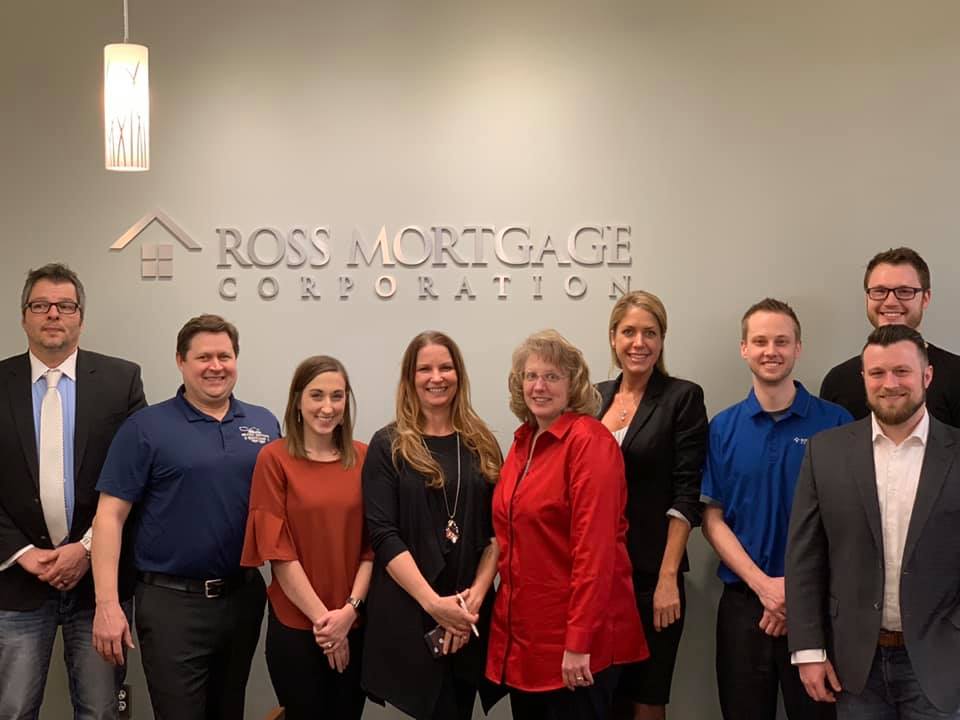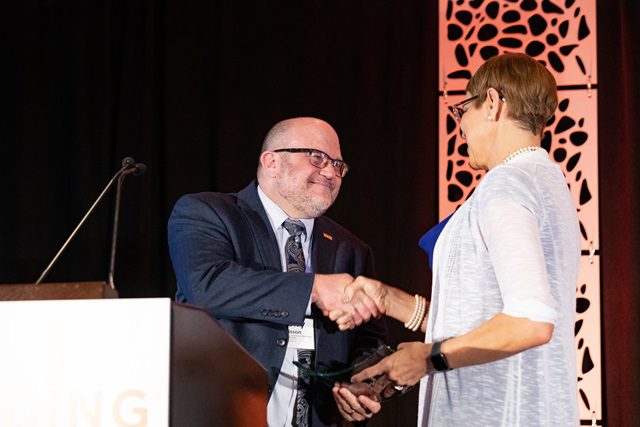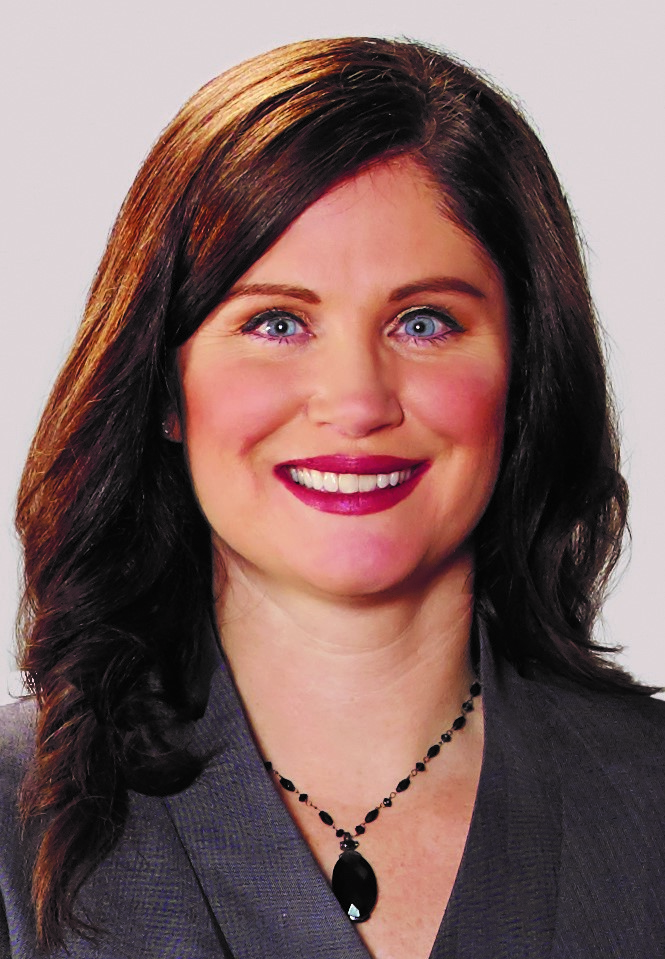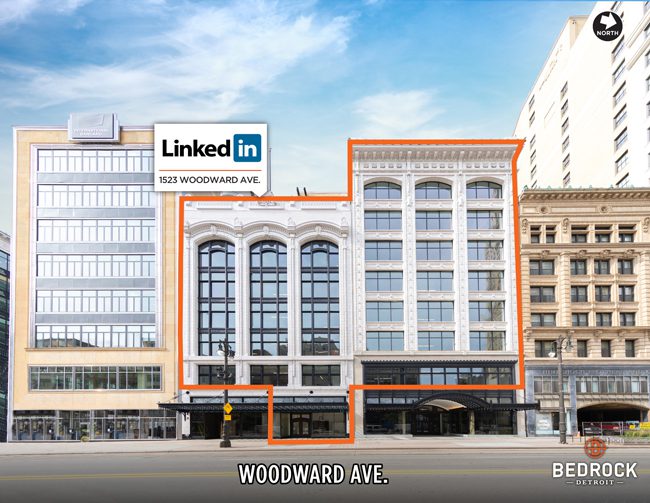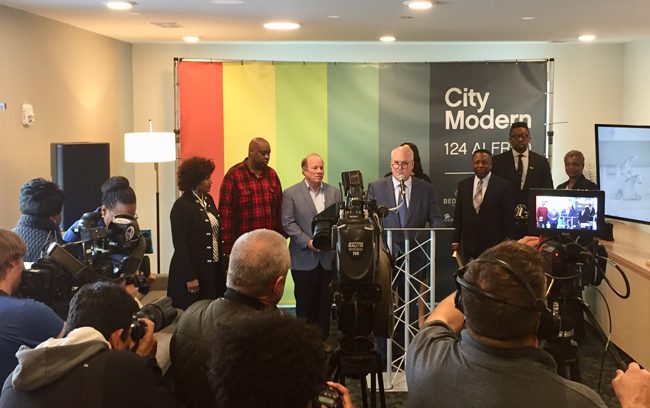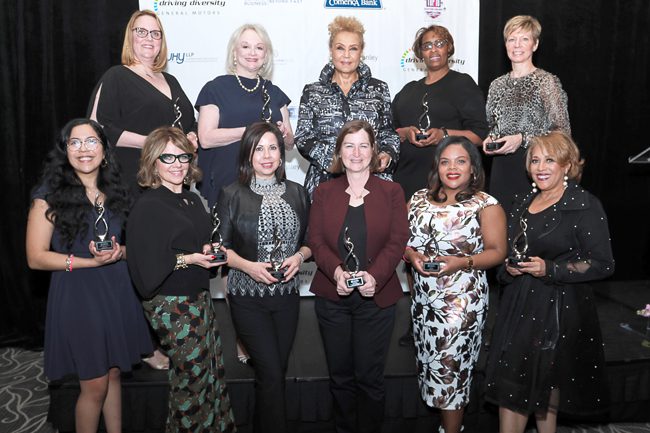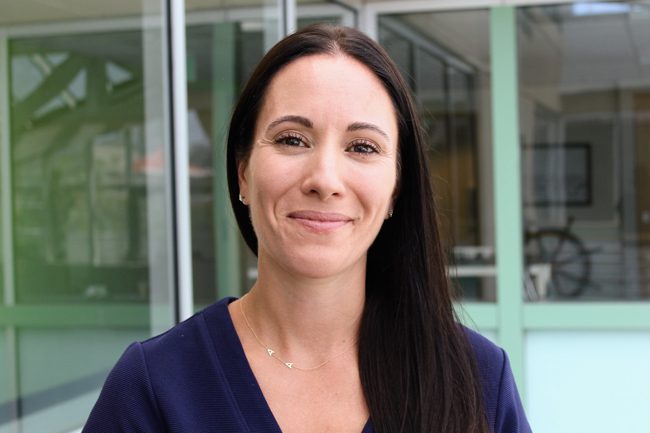Ross Mortgage Brighton branch experiences growth
Ross Mortgage Brighton branch has recently added six loan officers, expanded product offerings, and additional software. New product offerings include a manufactured home loan, a doctor loan, a one-time close construction loan, a VA...
Science Gallery Detroit receives $200,000 grant from Science Sandbox
Michigan State University’s Science Gallery Detroit proudly announces that it received a $200,000 grant from Science Sandbox, an initiative of the Simons
Foundation. The contribution will help fund programming for Science Gallery Detroit's DEPTH Exhibition,...
Detroit’s first modern nail bar expands brand to New Center
Just a few years ago, Detroiters Kelli Coleman and Anika Jackson were dreaming of owning their own business as roommates at Spelman College in Atlanta. Today, they’re doubling down on that dream – literally....
Social media star or dessert? Garrido’s Bistro creates huge desserts and bigger fans
From the time he was a child in Venezuela, Christopher Garrido had an idea that he would be an entrepreneur. And it all started with an ice-cream cone.
But this is not the happy ending...
Gleaners named Feeding America’s Food Bank of the year
Gleaners Community Food Bank, serving Southeast Michigan, has been named 2019 “Food Bank of the Year" by Feeding America, a national association of more than 200 food banks. Feeding America judged based on such...
Meier to Lead Daily Operations of New Bloomfield Hills Based Bank
Rob Farr, chairman and CEO of Mi BANK, today announced the appointment of Jenny Meier as president. Mi BANK is the first new bank in the Midwest since 2009. Located at 3707 W. Maple...
WMU-Cooley Law School names new president
James McGrath, professor of law and associate dean for academic support and bar services at Texas A&M University School of Law, will serve as WMU-Cooley Law School’s next president and dean.
LinkedIn’s new Detroit office is now open
Updated your LinkedIn profile and check your notifications – the social media site devoted to career-minded professionals is now ready for business in Detroit.
The 75,000 square-foot office in the Albert Kahn-designed Sanders and...
Author creates historical walk through Detroit in his latest book
What city has been a fur-trading post, hub of commerce and automotive-manufacturing titan? All of this and more has happened in Detroit.
Paul Vachon enjoys telling Detroit’s story, and he has a new book...
EarthCam launches live webcam views of cat adoption center in Michigan
It is said that social media works best if you include a photo or a video – people have a lot of options of what to watch these days, and a picture is worth a thousand words, after all.
Park West Gallery hires CFO
Park West Gallery, the world's largest art dealer, has hired Robert Schlagheck as their new Chief Financial Officer. Schlagheck joins Park West Gallery with more than 15 years of experience spearheading high-level business strategy...
Rehmann named to CRN’s 2019 Managed Service Provider 500 list
Rehmann announced that they have been named to CRN's 2019 Managed Service Provider 500 list in the Security 100 category. This list recognizes the top technology providers and consultants in North America whose forward-thinking...
Want happy employees? Find ways to personalize your rewards, CEO says
With record low unemployment rates, it’s never been more important to retain exceptional talent. Executives and HR at today’s high-growth companies need to work together to put employee appreciation and company culture front and...
Bedrock, Detroit partner to create upscale affordable housing
Imagine an apartment with floor-to-ceiling windows, an upscale kitchen with an island and seating as well as a comfortable bedroom with a walk-in closet. That is the new style and substance of affordable housing in Detroit.
NAWBO hands out annual Top 10 women honors
More than 200 people were on hand as NAWBO Greater Detroit presented its annual Top 10 Michigan Business Women March 28.
Valentine Distilling commits $500,000 for 10-year climate sustainability initiative
Saving water and saving the planet in the process? That’s a win-win for this distillery.
One company gets creative when rewarding extroverts and introverts in the office
Sometimes, employees want the applause, the crowd to cheer for them and to be recognized during a companywide meeting. Sometimes, they just want a quiet acknowledgement of a job well done. Knowing the difference is the key to giving your employees the recognition they deserve as well as the recognition they want.
Should you reward your teams or individuals? The answer may surprise you
With the pace of business today, companies should no longer focus on having amazing individuals, rather they need to reward amazing teams, says one expert.

